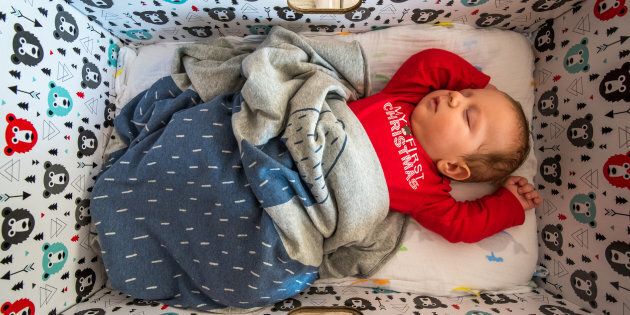
Think women have it pretty good in Canada when it comes to giving birth?
Think again.
Though Canada is definitely a great place to have a baby what with our universal healthcare system, 18-month maternity leave, and our new "use-it-or-lose-it" five week paternity leave just announced in the Canadian budget, we're not the best.
Not even close.
A report by UNICEF recently ranked the best and worst countries to give birth, according to their newborn mortality rate. They divided the countries into categories of low income, lower middle income, upper middle income, and high income.
Canada is only 35th
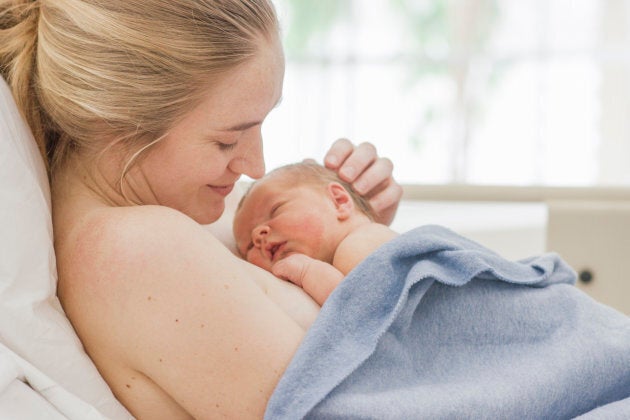
Out of 50 high-income countries, Canada ranks 35 with a newborn mortality rate of 3.2 deaths per 1,000 live births. The United States ranks 36 with a newborn mortality rate of 3.7. Though high-income countries fared better than low-income countries, UNICEF considers the United States' mortality rate to be too high which doesn't put Canada in a good light seeing as though we only rank one spot above.
The United States also happens to be the only developed nation in the world with a rising maternal mortality rate according to the World Health Organization. According to a study by Save the Children comparing the maternal mortality rate of countries around the world and other factors, Canada ranks 20th on their "Mother's Index" with a 1 in 5,200 risk of a woman dying during pregnancy or shortly afterwards while the U.S. ranks 33 with a 1 in 1,800 risk.
So what are the top five countries to give birth in the world, according to UNICEF? Here they are, ranked from first to fifth along with a few extra perks Canada might want to consider adding to its maternity health plan.
1. Japan
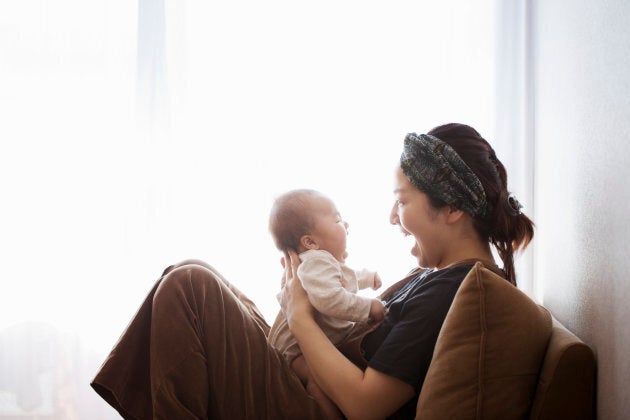
With a newborn mortality rate of 0.9 deaths per 1,000 babies in their first 28 days of life, UNICEF deems Japan to be the safest place to give birth in the world. According to a Japanese-Canadian study, many women in Japan stop working once they become pregnant. Over 90 per cent of pregnant women check in with a doctor by 20 weeks and receive a pregnancy badge to wear, which comes in handy on the subway as others are expected to give up their seat.
Japanese pregnant women also receive many ultrasounds throughout pregnancy and episiotomies during labour are common, as is no pain management or loud noises, which may be good or bad news depending on your birth preferences.
Japanese society values maternal mental wellness throughout pregnancy and women will often move back in with their mothers shortly before their baby is born in order to receive around-the-clock care from family members during the postpartum period.
2. Iceland
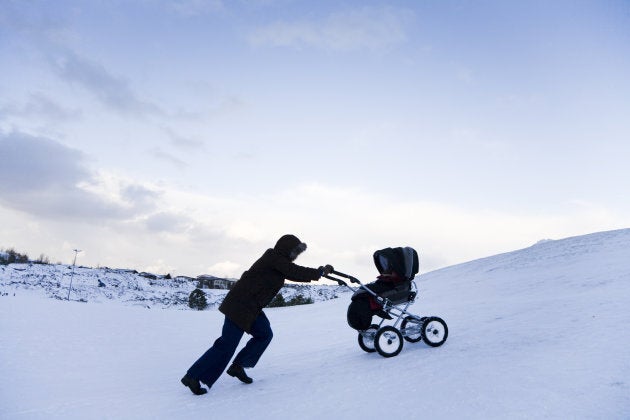
Iceland comes in at number two in the UNICEF ranking with a newborn mortality rate of one death per 1,000 live births. Iceland, like Canada, has universal healthcare and according to a study published in the Canadian Journal of Public Health comparing Canada's approach to maternity care to that of Iceland and Finland, "nurse-midwives" are the primary maternity health care providers.
C-section rates are low compared to Canada, where rates continue to increase, and gynecologists are only called in for high-risk pregnancies. After a woman gives birth, there is a "lying in" period which can last from one to seven days, and once a woman goes home with her baby, the midwife will visit her at home for a few days.
As far as maternity and paternity leave, moms get three months, dads get three months with an extra three months either of them can take at any time during the baby's first 18 months.
Breastfeeding is widely accepted as demonstrated by Unnur Brá Konráðsdóttir, an MP who made headlines when she breastfed her baby while speaking at the national parliament in Iceland.
3. Singapore
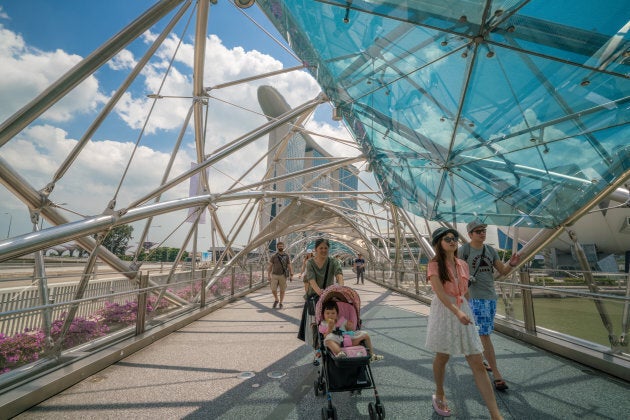
The newborn mortality rate in Singapore is 1.1, ranking it third among the safest high-income countries to give birth. In 2014, Singapore's healthcare system was ranked the most efficient by Bloomberg.
While public healthcare maternity rooms already look like a step above Canadian birthing rooms in terms of comfort and aesthetics, if you can afford to dish out more cash for an upgrade, you might as well be giving birth at a spa. An upgraded luxury maternity suite at Mount Elizabeth Hospital comes complete with a massage, 24-hour nurse, a celebration dinner for the new parents, and a limo ride home upon discharge.
4. Finland
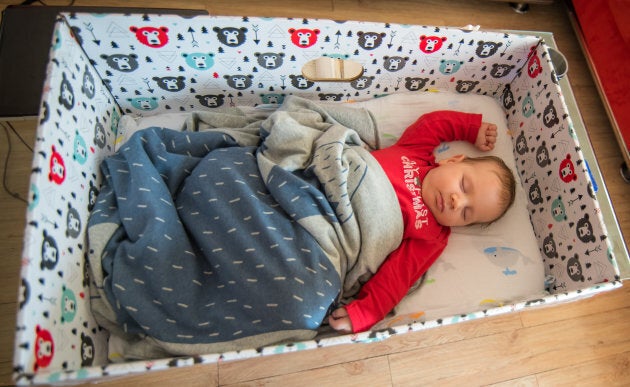
UNICEF ranks Finland fourth among the top five countries to give birth as its newborn mortality rate is 1.2. Like Canada, Finland has universal healthcare and like Iceland, the main maternity healthcare providers are nurse-midwives, attending over 70 per cent of deliveries in Finland.
According to a Canadian study looking at maternity care in Finland and Iceland, Finland believes in reducing the "unnecessary medicalization of maternity care" and like Iceland, the C-section rate is low.
Plus all new mothers receive a baby box, which is designed to give all babies an equal start in life.
5. Slovenia and Estonia

Slovenia and Estonia are tied for the fifth spot in UNICEF's safest birth country ranking, both with a newborn mortality rate of 1.3. The average age of a first time mother in Slovenia is 28.5 and the fertility rate has been increasing since 2000.
In Estonia, the average age of a first time mother is 26.6. According to Medicine Estonia, fathers attend 80 per cent of births and are allowed to be in the operating room during a C-section birth. Like Iceland and Finland, Estonia relies heavily on midwives. Due to fears of a shrinking population, in 2004, Estonia began paying women a "mother's salary" to have babies, providing them with their full monthly income up to 15 months postpartum.
Pakistan is the riskiest place to give birth
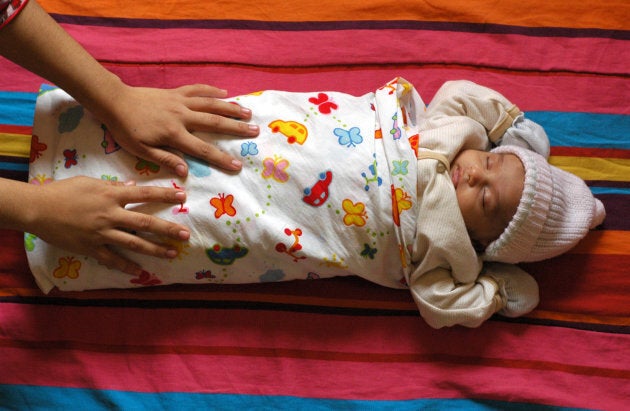
According to the UNICEF ranking, the "riskiest" place to give birth is Pakistan with a mortality rate of 46 in 1,000 babies in their first month of life, a rate of almost 1 in 20. A month-old baby in Pakistan is 50 times more likely to die than a baby born in Japan, Iceland, or Singapore.
Eight of the ten countries with the highest newborn mortality rates are in sub-Saharan Africa and South Asia.
Canada is still pretty great, though

Though Canada isn't among the top five, there are still many benefits to giving birth in Canada aside from universal health care and longer than average maternity and paternity leave.
Any baby born in Canada is an instant Canadian and can apply for a passport. We also have the Canada Child Benefit, the Child Disability Benefit, and employment insurance for individuals who are waiting for a child, have recently given birth, are adopting a child, or who are caring for a newborn.
Massages and limo rides home from the hospital?
Maybe some day.
Also on HuffPost: